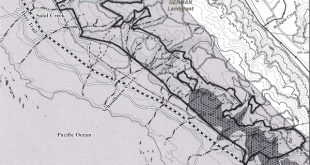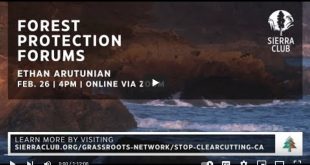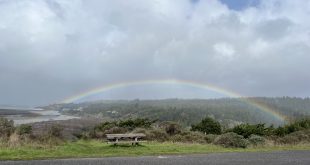For the modern day fly fisher, occasions for the hope of catching a wild steelhead or salmon are still alive. If you hook more than one or two in a day, you are having a great day. There was a time when, if you were wading in the river, you might have fish bumping into you as they navigated up or down the river. The difference in numbers of fish then and now is staggering, and one can only hope that these populations of salmonids will once again reach the numbers seen just a few decades ago. One hundred thousand salmon used to come up the Eel River every year.
The old growth coast redwood ecosystem exists only from Big Sur to the Oregon border and with waters that connect to the Pacific Ocean. It has taken millions of years of evolution to create such a unique environment.
So let’s try to imagine what it was like only a few decades ago.
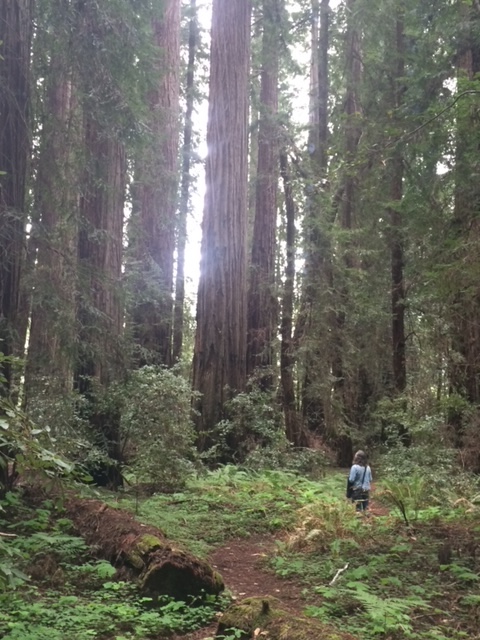
A crucial component of an old growth forest of Coast Redwoods and Douglas fir was a floodplain with deeply incised holes with cold water year round. These large trees —some of which reached over 300 feet tall— spread a huge canopy that filtered the light down to the forest floor. Deep holes in the river together with the shade of the canopy created cold water fish habitat year round, a necessity for the success of spawning fish to survive the warmer summer temperatures until winter rains once again provided an avenue for fish to navigate the system in and out of the ocean. In the intact redwood forests of old, spawning fish returned from the ocean in individual runs that occurred throughout the year in every season.
Because of their life cycle as anadromous fish, living part of their lives in the ocean and part in the freshwater rivers, salmon knit two entirely different ecosystems together in complex food webs. While at sea, they provided food for sea lions which in turn provided food for sharks and killer whales. They served as prey for predatory fishes. And, salmon, in turn, fed on plankton, invertebrates, other fish, squid, eels and shrimp.
Of course as spawning fish returned to the rivers, they also provided food for other animals like the California grizzly bear —now extinct—and black bears that instinctively knew when to be at river’s edge to feed on salmon and steelhead. Fish and their carcasses were food for other mammals like harbor seals, river otters, raccoons, and gray fox. A myriad of birds fed on salmon as well, including the bald eagle, osprey, and golden eagle. Pelicans fed on juvenile fish in the estuaries. One could see kingfishers diving from perches, and a variety of birds inhabited the forest including the marbled murrelet, the Northern spotted owl, and many species of songbirds. The plants and fungi living on and under these huge trees added to the rich environment and gave shelter to numerous frogs, salamanders, snails, slugs, and smaller mammals.
It is hard to imagine the span of geologic time involved for such a diverse habitat to evolve and continue to adapt to a changing world. Yet its decimation has taken place in the blink of an eye. We are losing many parts of this fragile habitat due to over-harvesting of timber, and one can only hope that we can realize the damage we have done and restore as much as we can so the redwood forest and its inhabitants can once again sustain themselves.
That is why it’s so important for Friends of Gualala River to continue to speak for the river, as we have done for over 20 years. It requires strength to imagine a better future for our forests and river, and so the difficult work of protecting the Gualala and its watershed goes on.
I am proud of the great people who have contributed to this effort in so many ways, and I feel gratitude for the support that the community has shown FoGR. Thank you.
Sincerely,
Charlie Ivor
President
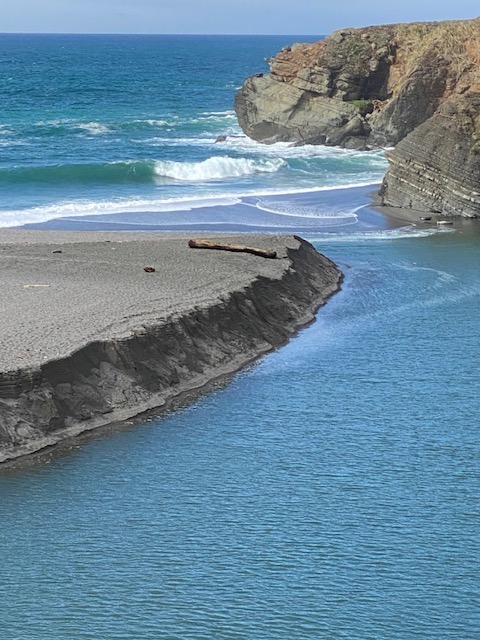
 Friends of Gualala River Protecting the Gualala River watershed and the species living within it
Friends of Gualala River Protecting the Gualala River watershed and the species living within it
